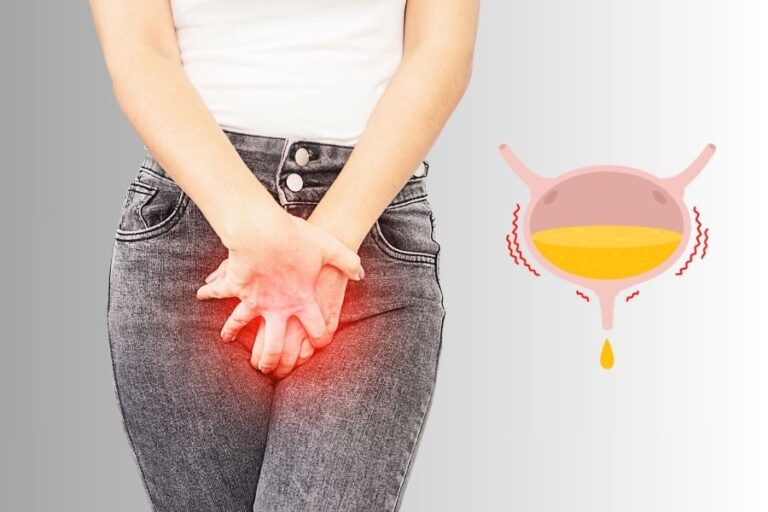- Phone: +91 94800 58379
- Mon-Sun 24/7
- contact.sanyrahospital@gmail.com


Over Active Bladder

Overactive bladder affects 11% of the population and 40% of those with incontinence. Risk factors include obesity, caffeine, constipation, diabetes, poor mobility, and chronic pelvic pain. Diagnosis depends on signs and symptoms, excluding other conditions like urinary tract infections or neurological issues. The cause remains unknown, but most individuals experience problems for years. Pain during urination is relatively small, and pain while urinating suggests a problem other than an overactive bladder. If treatment is desired, pelvic floor exercises, bladder training, and behavioural methods are recommended. Weight loss decreases caffeine consumption, and drinking moderate fluids can also have benefits. Anti-muscarinic medications are only recommended if other measures are not effective. Some non-invasive electrical stimulation methods may be effective, and injections of botulinum toxin into the bladder are another option. Urinary catheters or surgery are generally not recommended. A diary to track problems can help determine if treatments are working.
Overactive bladder can result from various conditions or injuries affecting the detrusor muscle, a collection of smooth muscle fibres in the bladder wall. These conditions include abdominal trauma, nerve damage, medications, alcohol, caffeine, infections, excess weight, and estrogen deficiency after menopause. Abdominal trauma, nerve damage, and medications can cause the bladder to overflow, causing it to sag out of its normal position. Infections, such as urinary tract infections, can irritate bladder nerves, causing the bladder to squeeze without warning. Being overweight can also put extra pressure on the bladder, leading to urge incontinence. Vaginal-only estrogen therapy can help manage urge incontinence.
DRY : Sudden urge to urinate many times during the day.
WET: You pee before you get to the bathroom
OAB can result from various factors, including overactive bladder muscles, neurological issues, bladder obstruction, infection or inflammation, medications or foods, age, and changes in bladder function over time. Bladder muscle problems, neurological issues, obstructions, infections, inflammation, and medications can all contribute to OAB symptoms. Inflammation, such as multiple sclerosis or stroke, can also irritate the bladder, making OAB more common in older adults.
See a doctor for an overactive bladder without an official diagnosis, as common tests include physical, urinalysis, neurological, and bladder scan. Seeking a doctor can help determine the best course of action and ensure proper treatment.
Kegal exercise • Tighten and relax your muscles to stop urine midstream. Try to hold your pee when you have the urge to pee. Over time, you can retrain your bladder to go less often and urgently.

We are happy to assist you! Fill the form we will contact you soon!
Sanyra Hospital is a leading Multi-Speciality Hospital in Kengeri Bangalore and diagnostic centre. With a commitment to providing high-quality healthcare services, it offers a wide range of medical specialties and advanced diagnostic facilities to meet the diverse healthcare needs of the community. We have dedicated urology center & dialysis center.
© 2023, Sanyra Hospital. All Rights Reserved.
WhatsApp us